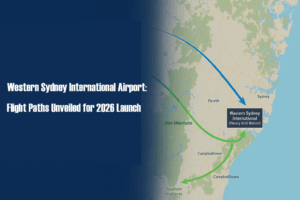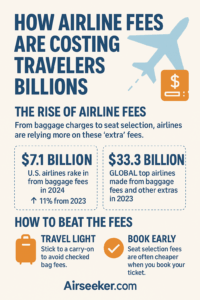Airlines: Will It Impact Costs?
In a recent development, Pakistan has decided to close its airspace to Indian airlines, a move that has sparked discussions about its potential impact on the aviation industry. While this decision might seem like a game-changer, experts suggest that the cost implications for Indian airlines may not be as significant as one might expect. Let’s dive into what this means and why the financial fallout could be minimal.
Why the Airspace Closure?
The decision to restrict Indian airlines from using Pakistani airspace stems from ongoing geopolitical tensions between the two nations. This isn’t the first time such a measure has been taken—Pakistan previously closed its airspace to Indian flights in 2019 following the Balakot airstrike. The current closure, announced in April 2025, forces Indian carriers to reroute flights, primarily those heading to Europe, the Middle East, and North America, over alternative paths, such as through the Arabian Sea or Central Asia.
Minimal Cost Impact: Here’s Why
At first glance, rerouting flights sounds like a costly affair—longer routes typically mean higher fuel consumption, extended flight times, and potential scheduling disruptions.
However, industry analysts argue that the financial burden on Indian airlines might be negligible for a few key reasons:
- Established Rerouting Practices: Indian airlines have been navigating around Pakistani airspace during previous closures, so they’re no strangers to these alternative routes. Carriers like Air India and IndiGo have already optimized flight paths to minimize fuel and time penalties, often using advanced navigation systems to chart the most efficient courses.
- Fuel Costs and Efficiency: Modern aircraft are more fuel-efficient than ever, and airlines have been leveraging data-driven strategies to optimize fuel burn. The additional distance caused by rerouting is often marginal, especially for long-haul flights, where the detour represents a small fraction of the total journey.
- Competitive Pricing Dynamics: The Indian aviation market is highly competitive, with airlines like IndiGo, SpiceJet, and Air India vying for passengers. To stay attractive, carriers are likely to absorb any minor cost increases rather than pass them on to consumers through higher ticket prices. This is especially true in a price-sensitive market like India.
- Global Context: The aviation industry is no stranger to geopolitical From Ukraine’s airspace closure to restrictions in the Middle East, airlines worldwide have adapted to such challenges. Indian carriers, with their experience from the 2019 closure, are well-equipped to handle this situation without significant financial strain.
What About Passengers?
For travelers, the closure is unlikely to translate into noticeable changes. Flight times might increase slightly—by about 15–30 minutes on some routes—but these delays are often absorbed into existing schedules. Ticket prices are expected to remain stable, as airlines prioritize maintaining affordability in a competitive market. However, passengers on budget carriers might notice tighter connections or adjusted flight times as airlines tweak schedules to optimize operations.
The Bigger Picture
While the airspace closure may not drastically affect costs, it underscores the broader challenges of geopolitical tensions in global aviation. Airspace restrictions can disrupt the efficiency of international travel, forcing airlines to adapt quickly. For Indian carriers, this move is more of an inconvenience than a financial catastrophe, thanks to their resilience and operational agility.
On a strategic level, this development could push airlines to explore new partnerships or routes, potentially strengthening ties with other regional aviation hubs. It also highlights the importance of technological advancements, like fuel-efficient aircraft and AI-driven route optimization, in mitigating the impact of such disruptions.
Final Thoughts
Pakistan’s decision to close its airspace to Indian airlines is a headline-grabbing move, but its economic impact on the aviation industry appears limited. Indian carriers, seasoned by past experiences and equipped with modern tools, are well-positioned to navigate this challenge without passing significant costs to passengers. As the situation evolves, the industry’s ability to adapt will be key to keeping travel affordable and efficient.
Compare prices for flights in and out of India and Pakistan on Airseeker.com.







